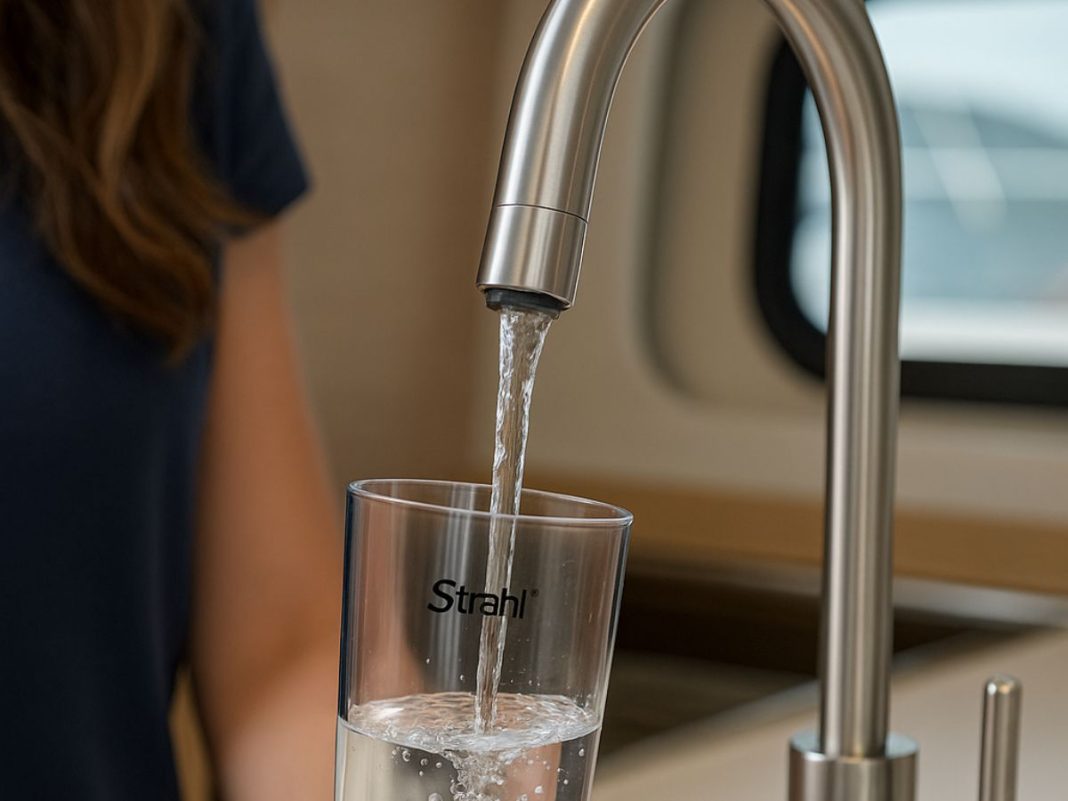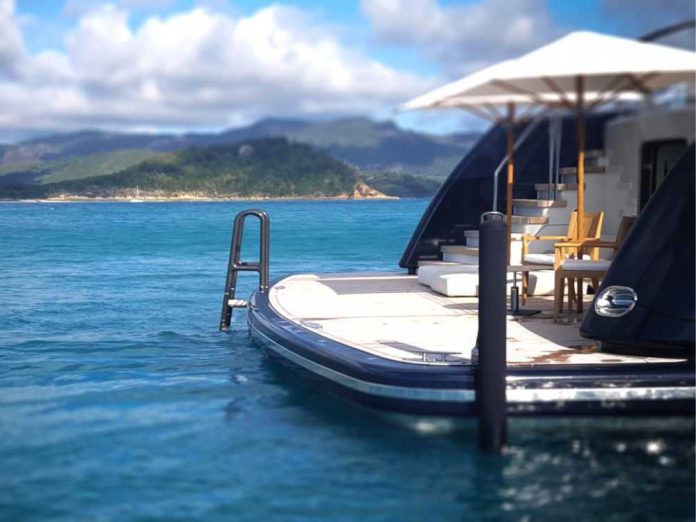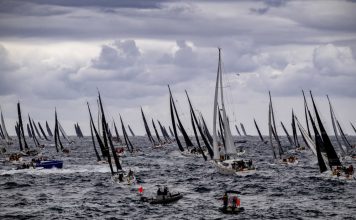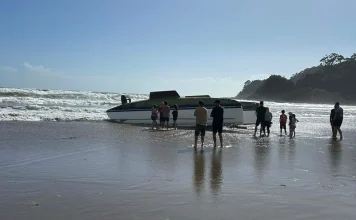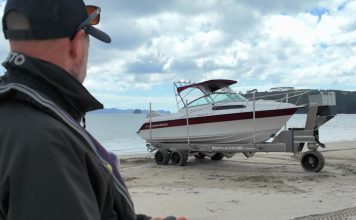Why flushing matters
Every skipper knows the feeling. You’ve finished your winter jobs, slipped the mooring, and poured the first glass of water from the galley tap — only to be met with a smell that belongs in a swamp.
Freshwater systems left idle over winter are notorious for turning sour. Tanks can grow algae, pipes harbour bacteria, and pumps seize from lack of use. Aside from the unpleasant taste, stagnant water can be unsafe for drinking or cooking. A proper flush and test before the season begins is essential if you want reliable, safe water on board.
Start with the tank
The freshwater tank is the backbone of the system. Drain any old water and shine a torch inside. If you spot sediment or slime, give it a gentle scrub before treatment. A steriliser such as Pura Tank Cleaner (500ml) or Clean a Tank Descaler will kill bacteria, algae, and mould. Fill the tank with fresh water, add the cleaner, let it sit, then drain and flush until the water runs clear.
1. Access the tank
2. Manual scrubbing
3. Chemical assist
4. Preventative measures
|
If the tank is cracked or permanently tainted, replacement is the only answer. Flexible options like the Plastimo Water Tank or a rigid Plastic Fresh Water Tank are durable, safe, and available in different sizes to suit most boats.
Flush through the plumbing
Once the tank is clean, attention shifts to the pipes. They’re often the biggest culprits for smells and biofilm growth. Run the cleaning solution through every tap, shower, and outlet — don’t forget the hot water system if you have one. Leave it long enough to do its job, then rinse thoroughly with clean water.
This is a good chance to inspect hoses and joints for cracks or leaks. Adding a strainer such as the Seaflo Inline Filter or Johnson Inlet Strainer will protect your pump from grit and extend its life.
Pump checks and pressure tests
With tanks and pipes clear, fire up the pump and listen carefully. A healthy pump runs quietly and delivers steady pressure. If the water splutters, pulses, or the pump cycles endlessly, seals or diaphragms may need replacing. Sometimes a rebuild kit will do the trick, but for older units replacement is easier. Options such as the Seaflo RV Pump, Jabsco Par-Max HD4, or Johnson Fresh Water Pump are all strong performers. Adding a small accumulator tank can smooth pressure spikes and reduce wear.
Filters and purification
Even after a full flush, taste and odour can linger. Installing or replacing a filter at the galley tap is a simple upgrade. Carbon filters like the Hamner Carbon Filter or BEST Inline Quick Connect strip out impurities and improve flavour, while double-filter systems give added peace of mind.
If you’re filling up away from trusted town supplies, carry purification products. Tablets such as Aqua Clean AC5 are easy to use, while liquids like AC1000 are tasteless if dosed carefully. Either option helps keep water safe on extended cruises.
Build seasonal habits
Good habits make the biggest difference. Empty tanks before winter to avoid stagnation or freezing. At the start of each season, flush and test before inviting crew aboard. Carry a portable jug such as the Dometic GO 11L or a 25L water container so you’ve always got clean backup supplies while servicing. And never leave port without a packet of purification tablets in the locker.
Fresh water, fresh confidence
Flushing and testing your boat’s water system doesn’t take long, but it pays off all season. Clean tanks, sound pumps, and a little purification mean you can drink, cook, and shower with confidence. Put “test and flush your boat’s water systems” on the pre-summer checklist — because nothing beats a glass of fresh water after a day on the water.









